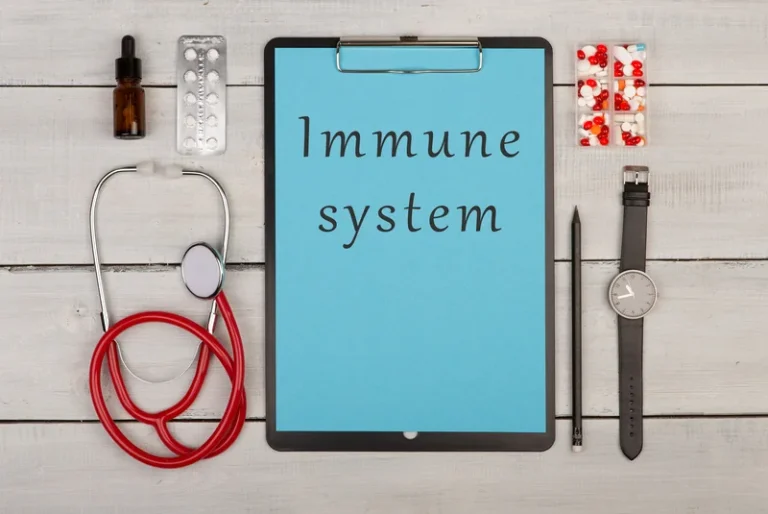
Those include alcohol polyneuropathy, alcoholic is alcohol good for you psychosis, alcohol myopathy, alcohol-induced acute pancreatitis, and others. Alcohol is also implicated in 5.6% of cancer cases and 4% of cancer deaths, including up to one-third of liver cancer deaths among men. In particular, heavy drinking boosts the risk of liver and colorectal cancers. Regardless, the basic idea is that, even if alcohol increases cancer or other health risks, at low or moderate levels (somewhere between 0 and 1-2 drinks per day) it may simultaneously reduce cardiovascular risk. And, in the U.S. where heart disease is the biggest killer, that could seem a worthwhile trade-off.

The truth about drinking alcohol. Is it healthy?
- Alcohol causes at least seven types of cancer, including the most common cancer types, such as bowel cancer and female breast cancer.
- And so that’s really what I try and push towards my patients is we still don’t know.
- As a result of those changes, it is hypothesized that individuals shift from drinking for pleasure to drinking to avoid withdrawal and stress.
- It’s worth noting that current guidelines advise against drinking alcohol as a way to improve health.
- The answer lies in how much you drink, how often you consume it, and your overall health condition.
- While moderate consumption may offer some heart and social benefits, excessive or habitual drinking carries significant health risks, including liver disease, addiction, cancer, and impaired mental function.
The Centers for Disease Control and Prevention (CDC) classifies this as drinking five or more drinks on one occasion for men and drinking four or more https://ecosoberhouse.com/ drinks on one occasion for women. Ultimately, people must make their own decisions based on their personal risk factors and tolerances, ideally with the help of a trusted health professional. Drinking, at least in moderation, was once seen as a harmless—or even healthy—indulgence that could strengthen your heart and even lengthen your lifespan. But in many scientific circles, consuming virtually any amount of alcohol is now seen as toxic. The problem is, most people have no idea what qualifies as a “standard drink.” To worsen matters, the official definition of a standard drink differs between countries. Alcohol dependence is one of the main causes of alcohol abuse and disability in the US and a strong risk factor for various diseases (70).
- The study’s findings call into question the predominant theory that alcohol addiction arises from the brain’s attempt to maintain stability despite repeated heavy drinking.
- That advisory suggests that having a daily drink may raise the risk of a woman developing an “alcohol-related cancer”—breast, colorectal, voice box, liver, mouth, and throat—by about 2.5%, compared to drinking less frequently.
- Alcohol blocks the absorption of folate and inactivates folate in the blood and tissues.
Alcohol: Balancing Risks and Benefits

And I don’t know too many people who are very skilled at knowing where they’ve moved from one point to the other. Well, looking forward to this topic today, and I must say this is a very timely topic as I watch in a variety of different medical news feeds. This particular topic of alcohol and health has been very, very prominent. The best advice, and the safest thing to do, is always discuss this with your health care provider to determine if it’s safe to drink alcohol or not. It’s definitely not something you should take a chance on if you’re uncertain. Far from settling the debate over whether drinking in moderation is healthy or dangerous, the report’s conclusions further muddied the issue.
- Steatosis (fatty liver disease) happens in 90% of those who have more than about four drinks a day over time, and cirrhosis occurs in about 30% of those who drink more than about three drinks a day long-term.
- Moderate drinkers are far more likely to exercise than people who don’t drink.
- And a lot of docs out there are having a lot of hard days at work, especially recently.
- Later research cast doubt on what actually caused those improved health metrics.
Alcohol and cancer: A growing concern
Alcohol blocks the absorption of folate and inactivates folate in the blood and tissues. It’s possible that this interaction may be how alcohol consumption increases the risk of breast, colon, and other cancers. Alcohol interacts in potentially dangerous ways with a variety of medications, including acetaminophen, antidepressants, anticonvulsants, painkillers, and sedatives. It is also addictive, especially for people with a family history of alcoholism. The answer to this important question has varied over time, but current US guidelines recommend that men who drink should limit intake to two drinks/day or less and women who drink should have no more than one drink/day.
- In the National Academies study, a few of the studies used to inform the all-cause mortality finding set the upper threshold for moderate drinking at 0.7 U.S. standard drinks per day.
- Moderate alcohol consumption may increase life expectancy, while alcohol abuse is a strong risk factor for premature death.
- “We cannot talk about a so-called safe level of alcohol use.
- “But research has shown that having a drink or two a day can actually have some protective heart health benefits and in my opinion, it’s because it helps us relax.”
Is alcohol good for you? A new report adds to the confusion

When sustained over a long period of time, alcohol abuse can also worsen other health conditions such as mood disorders, osteoporosis and high blood pressure, according to the National Institute on Aging. And, of course, drinking too much drug addiction treatment can lead to falls and broken bones, which are always a concern for seniors. The less alcohol you drink, the lower your risk for these health effects, including several types of cancer.
